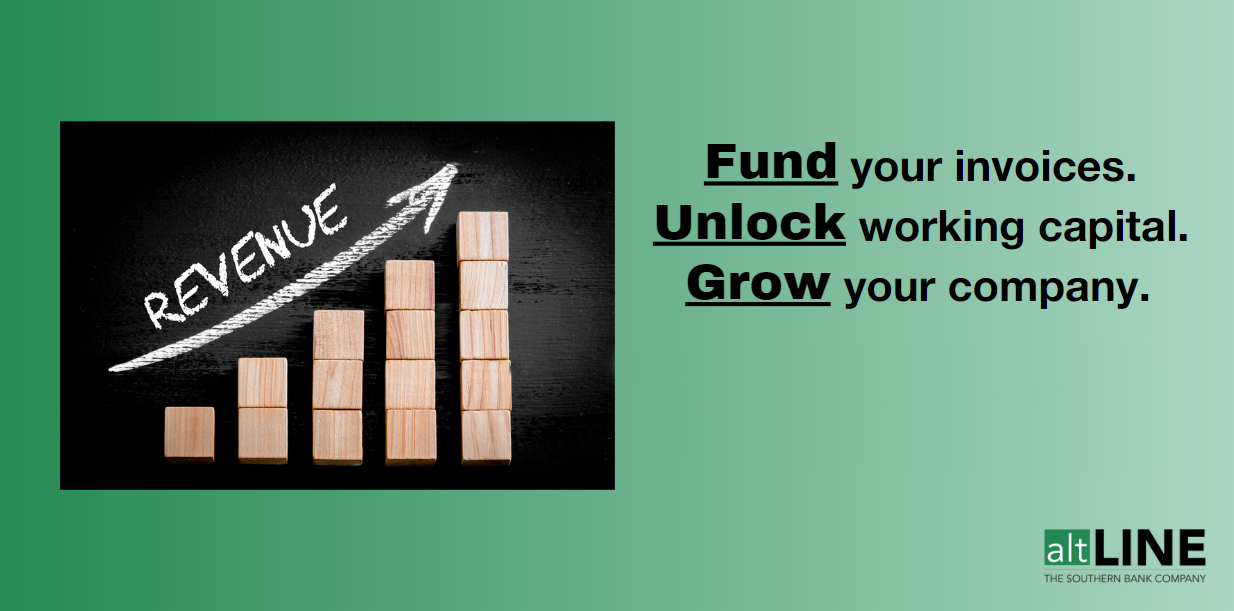What Is a VAT Invoice?
Last Updated May 31, 2024
To comply with tax regulations and ensure proper tax handling, the majority of businesses based outside of the U.S. will need to get used to issuing VAT invoices. Even companies based in the U.S. that do business internationally will also need to become familiar with VAT invoices to comply with tax regulations.
But since these documents aren’t required for American businesses, they’re not as well-known as a standard invoice.
So what is a VAT invoice, when are they required, and why are they important? Continue reading to find out.
What Is a VAT Invoice?
A VAT (value-added tax) invoice is a specific type of documentation that businesses use to detail the VAT charged on sales and the VAT paid on purchases. It includes the VAT amount, the VAT rate applied, and other mandatory details that facilitate accurate tax reporting and compliance.
They also act as a formal request for payment and a tool for accurate tax reporting and compliance in jurisdictions where VAT (value-added tax) is implemented.
These invoices are necessary for businesses registered for VAT, as they ensure transparency in tax calculations and enable proper audit trails. They must adhere to strict legal standards to be valid and are crucial for both issuers and clients to manage tax liabilities and reclaim potential credits effectively.
When Is a VAT Invoice Required
A VAT invoice is required whenever a VAT-registered business makes a taxable sale of goods or services. This document must be issued within a specific time frame set by the local tax authority—usually within 30 days of the date of supply or the date payment is received, whichever comes first.
Which Countries Charge VAT?
As of the end of 2023, there are 175 countries across the world that charge VAT. The country with the highest VAT rate in the world is Hungary (27%), closely followed by the Northern European countries of Sweden, Denmark, and Norway (25%).
Do I Have to Register for VAT?
Each nation has varying rules and regulations surrounding value-added tax, so it’s important to check with your respective jurisdiction. For instance, the UK government requires businesses that meet the following criteria to register for VAT:
- Your total VAT taxable turnover for the last 12 months was over £90,000 (the VAT threshold)
- You expect your turnover to go over £90,000 in the next 30 days
Who Issues a VAT Invoice?
VAT invoices are issued by businesses that are registered for VAT. Registration is mandatory once a business’s taxable sales exceed a certain threshold, which varies by country. Once registered, these businesses must issue VAT invoices for all relevant transactions, including domestic sales, exports, and cross-border services within VAT-implementing countries.
Why Is a VAT Invoice Important?
A VAT invoice is not just a formality but a fundamental component of the tax system in regions where VAT applies. These invoices are important for businesses for a few reasons.
Ensures Compliance with Tax Regulations
VAT invoices help maintain compliance with tax regulations. They must include specific details such as the business’s VAT number, the VAT rate applied, and the VAT amount charged. This structured approach means businesses avoid legal penalties and meet their reporting obligations accurately.
Facilitates Accurate Recordkeeping and Auditing
Accurate VAT invoices allow businesses to keep detailed records of their sales and purchases. These records are important during financial audits as they substantiate the amounts reported on tax returns. For businesses, this means smoother audits, and for auditors, it streamlines the verification process.
Enables Efficient Tax Planning and Financial Analysis
VAT invoices provide data that helps companies forecast their tax obligations, plan their finances, manage cash flows, and optimize their tax positions. This strategic use of VAT invoices can lead to significant cost savings and improved financial health for businesses.
What Information Is Required on a VAT Invoice?
A VAT invoice must include specific information to be compliant with tax laws. This information ensures transparency and accountability in business transactions involving VAT. The required details on a VAT invoice typically include:
- Seller’s Details: The name, address, and VAT registration number of the business issuing the invoice.
- Customer’s Details: The name and address of the customer. If the customer is also VAT-registered, their VAT number should be included.
- Invoice Date: The date when the invoice is issued.
- Tax Point: Also known as the time of supply, this date may differ from the invoice date and is crucial for determining the tax period in which the VAT is due.
- Description of Goods or Services: A clear description of the goods or services supplied.
- Quantity: The quantity of the goods supplied, or the extent of services provided.
- Unit Price: The price per item or service, excluding VAT.
- Total Amount Excluding VAT: The total value of the invoice before VAT is added.
- VAT Rate: The applicable VAT rate (e.g., standard, reduced, zero-rated).
- Total VAT Amount: The total amount of VAT charged at each rate.
- Gross Total: The invoice total, including VAT.
In addition, a VAT invoice may also include payment terms, discounts if applicable, and a unique invoice number which helps both the issuer and the recipient track the transaction and manage their accounts.
Example of When to Issue a VAT Invoice
A VAT invoice must be issued by a VAT-registered business whenever it makes a taxable sale of goods or services. Typically, the invoice should be issued within 30 days of delivering the goods or completing the service. For example, if a furniture store delivers a set of chairs on June 1, the VAT invoice should be issued on the same day to capture the transaction and define the tax point accurately.
In cases of advance payments, the invoice is required at the time of payment receipt, not at the time of goods delivery or service completion.
In-Summary: What Is a VAT Invoice?
VAT invoices aren’t always necessary, as they’re typically only required for businesses that are either registered outside of the U.S. or U.S.-based businesses that do international business deals. But in instances where VAT invoices are necessary, they become very important documents that ensure compliance with tax regulations, assist with record-keeping, and aid in forecasting tax obligations. In fact, more than 20% of the world’s total tax revenue is attributed to value-added tax.
No business owner gets excited about taxes or invoices; however, successful business owners understand the importance of abiding by local and federal tax regulations such as VAT.
VAT Invoice FAQs
What does VAT stand for in accounting?
VAT stands for value-added tax. It is a consumption tax placed on a product whenever value is added at each stage of the supply chain—from production to the point of sale. The amount of VAT that the user pays is on the cost of the product, not including any of the costs of materials used in the product that have already been taxed.
What is the difference between a VAT invoice and a standard invoice?
A VAT invoice specifically details the value-added tax applied to transactions, which is required in jurisdictions that implement VAT. It includes information such as the VAT rate, the VAT amount charged on each item, and the total VAT for the transaction. A standard invoice, however, simply lists the goods or services provided and the total amount due without detailed VAT breakdowns unless VAT applies and is noted summarily.
What is a simplified VAT invoice?
A simplified VAT invoice is a streamlined version of a standard VAT invoice, used for retail supplies or other transactions below a certain monetary threshold. This type of invoice typically includes less detailed information, such as the total amount payable including VAT, the VAT rate applied, and a simplified description of the goods or services. This makes it easier to issue and comprehend.
What is a valid VAT invoice?
A valid VAT invoice must include certain mandatory details such as the supplier’s VAT number, the tax point, a detailed description of goods or services supplied, the quantity and price of each item, the VAT rate applied, the total amount exclusive of VAT, and the total VAT charged. It must comply with the local VAT laws and regulations to enable both the supplier and customer to manage their VAT liabilities correctly.
What is a VAT-only invoice?
A VAT-only invoice is issued in specific circumstances where VAT was not charged at the time of the original transaction. This could be due to an oversight or the correction of an invoicing error. The VAT-only invoice rectifies this by charging the correct VAT amount, ensuring compliance and proper VAT recording without altering the original invoice totals for the goods or services supplied.
How do you add a VAT charge on an invoice?
To add a VAT charge on an invoice, list each item or service provided along with its net price. Calculate the VAT for each item by applying the appropriate VAT rate (for example, 20%). Sum the net prices and the VAT amounts separately, then provide a total that includes both the net and VAT sums. This total is the gross amount the customer must pay. Always ensure the VAT rate and the total VAT charged are clearly stated on the invoice.
Michael McCareins is the Content Marketing Associate at altLINE, where he is dedicated to creating and managing optimal content for readers. Following a brief career in media relations, Michael has discovered a passion for content marketing through developing unique, informative content to help audiences better understand ideas and topics such as invoice factoring and A/R financing.




